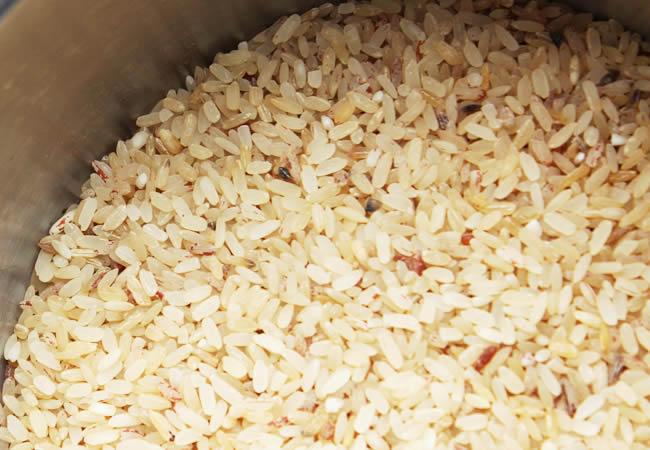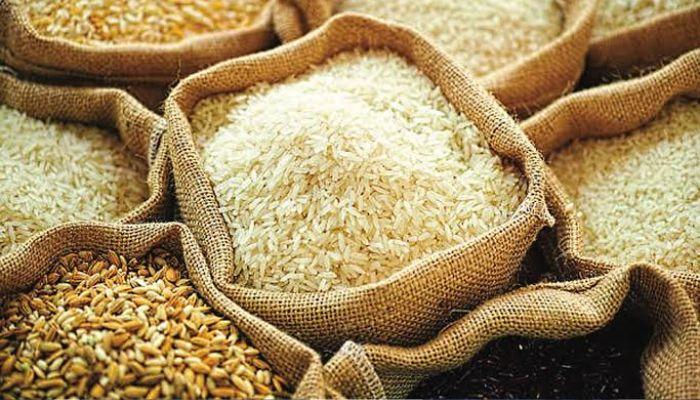The cost of locally produced paddy rice in Nigeria is projected to rise by a staggering 55% in the 2024/2025 season, signaling a deepening strain on household budgets amid already skyrocketing living costs.
This alarming forecast stems from the Afex Wet Season Crop Production 2024 Report, which sheds light on a challenging year ahead for both producers and consumers.

In the 2023/2024 season, rice prices spiked by 78%, reaching an average of ₦630,000 per metric ton, driven by constrained supply and rising demand. The new season is expected to start with a base price of ₦750,000 per metric ton and could soar as high as ₦1,300,000 per metric ton by Q3 2025.
Several factors have fueled this steep escalation. According to the report, farmers have grappled with limited access to financing (38%), agricultural inputs like fertilizers and seeds (31%), and inconsistent rainfall patterns. Flooding (6%) and insecurity in conflict-prone regions (3%) have further compounded these challenges, limiting production and increasing costs.

While the federal government continues to enforce restrictions on rice importation, the policy has yet to significantly curb rising food prices. Despite Nigeria achieving a production milestone of five million metric tons of rice in 2023, this covers only 60% of the nation’s consumption needs, leaving a substantial gap often filled by smuggled imports.
Efforts like the ₦1.1 trillion Anchor Borrowers’ Programme and import duty waivers on select food items have attempted to alleviate the burden, but food inflation persists at 39.16% year-on-year, according to the National Bureau of Statistics (NBS).
As rice prices climb, the big question remains: how will Nigeria address its food security challenges while ensuring affordability for its citizens?















